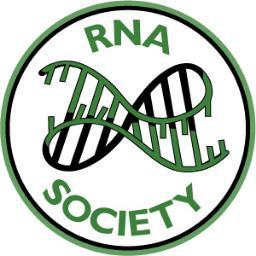Poster Presentation
mitochondria, RNA polymerase, transcription, mitochondrial polymerase
Public Summary
RNA replication by transcription polymerases, classically assumed to be DNA-dependent, could provide a means to copy and transmit RNA-based genetic material. Former studies found that the DNA-dependent RNAP from bacteriophage T7 can regenerate certain RNAs, providing a model system for RNA replication by transcription polymerases (Jain et al., 2020. Science). Human and yeast mitochondrial RNAPs (mtRNAP) are similar in structure to T7 RNAP and by phylogeny (Ringel, R. et al. 2011. Nature.; Masters et al. 1987. Cell). Polymerases of the mitochondrial class can perform three types of RNA generation: transcribe DNA accurately, transcribe from an RNA template, and non-templated polymerization of bases (in some cases co-transcriptional editing). What are the capabilities of mitochondrial RNA polymerases? We performed in vitro reactions using human and yeast mitochondrial RNAP, which have structural similarity to T7 RNAP. Thus far, we have shown that human and yeast mitochondrial RNAP do yield RNA in in vitro no-template-added reactions. Sequencing of these reaction products shows A-rich sequences. Further experiments are underway with a mix of DNAs as possible templates, with less As in the reaction, biochemical base composition analyses, and with different sequencing methods to further understand the RNAs that mitochondrial RNAPs tend to make. The RNA-templated RNA replication and untemplated transcription activities by transcription polymerases challenge the textbook view of transcription. In the case of mitochondrial polymerase, it is intriguing that transcription by this enzyme could serve as a flexible sensor of both template sequence and biochemical environment. This provides a fundamental insight into the evolution in an RNA world that could indicate how RNA-based biology could respond to environmental conditions.


